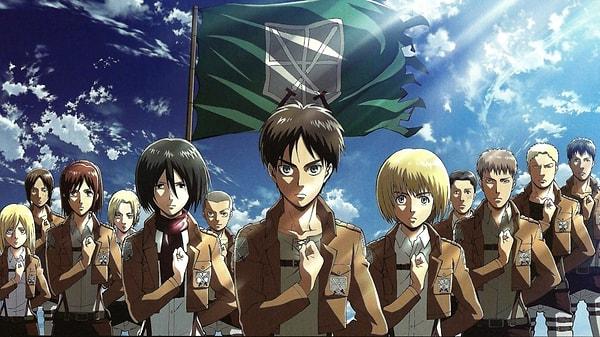Anime: Traditional Culture and History - Japan's Gateway to the East

Today, we watch a lot of TV shows and movies. Many of them are live-action works without any animation elements, but they are mostly works that do not have any teaching or lessons to be learned. In other words, they are works that are actually filmed with a camera in real life, but have topics that are supernatural and far from reality, have long boring conversation scenes, and are almost copies of each other except for masterpieces.
In anime, on the other hand, the situation is completely the opposite. All the frames that can be seen have come from a handicraft, nothing has been done in front of the camera, there are supernatural people, creatures, events and abilities, but the topics and the messages to be given are just as realistic and not detached from the rules of the world, which means a new breath in the TV industry that makes anime attractive.
While you struggle to find the lesson and outcome hidden in reality in movies and TV shows, anime slowly processes it throughout the series or production.
These are the things I think about anime productions at the most basic level. Now, let me give some information to those who do not know this traditional anime culture and want to learn more.
The Birth and Spread of Anime
The Birth and Spread of Anime Anime is an art form that originated in Japan in the early 20th century and has become one of the most popular animation genres in the world today. Anime's origins lie in the traditional arts of Japan and Western animation techniques.
Since a certain technological knowledge was required for anime production, anime production became widespread in Japan only in the 1960s. During this period, the famous manga series Astroboy, created by Osamu Tezuka (the father of anime), was released as an anime adaptation and achieved great success. The publication of Astroboy in the USA made a significant contribution to the spread of anime culture to the Western world. Anime production reached its peak in the 1970s and 1980s. During this period, anime such as Robotech and Star Blazers attracted great attention around the world because their themes were unlike anything that had ever been depicted in comics before. Robotech also made history as the first anime dubbed into English.
Anime has become one of the most popular animation genres in the world today. Appealing to audiences of all ages with its different genres and themes, anime has become a cultural symbol of Japan.
We can list the effects of anime on the world as follows:
- Promotion of Japanese culture: Anime contains elements that reflect Japan's traditional values and culture. These elements offer viewers interested in anime the opportunity to get to know Japanese culture.
- Cross-cultural understanding: Anime increases cross-cultural understanding by presenting different perspectives to audiences from different cultures. Anime gives viewers the opportunity to know and understand different cultures.
- Encouragement of creativity and imagination: Anime often deals with themes such as fantasy, science fiction, adventure.
These themes encourage creativity and imagination in viewers. Anime has become a global culture, acting as a bridge between different cultures of the world. Anime today helps increase cross-cultural communication and understanding.
(Attack On Titan-Shingeki no Kyojin)
Some Features of Animes
- Although anime has the same technical features as cartoon series, they are quite different from cartoons in terms of their drawings and the stories they tell. Anime usually tells more complex and in-depth stories. These stories can be of many different types, such as emotional, dramatic, fantastic, supernatural. Anime can be suitable for people of all ages. However, some anime contain elements such as violence and sexuality, so it is recommended that children under the age of 18 watch them with their parents.
- Anime is usually made with 2D animation technique. In this technique, each scene is drawn separately. These scenes are animated by playing at a rate of 24 or 25 scenes per second. There are also some special techniques used in anime animation technique. These techniques give anime a distinctive look. For example, anime often features big eyes, long hair, and exaggerated facial expressions. These features make anime look more emotional and impressive.
- The big eyes and long legs of anime characters do not result from a complex created by the fact that Japanese people are short and have slanted eyes. These features were actually developed by being influenced by western animations. Big eyes and long legs have an important place in Tezuka's drawings.
- ***Of course, the big eyes and long legs of anime characters were not developed solely by being influenced by western animations. These features are also a reflection of Japanese culture. In Japanese culture, eyes are considered the window to the soul. Therefore, big eyes in anime characters are used to reflect the inner world of the characters. Long legs are considered a symbol of beauty and elegance in Japanese culture.
(One Punch Man)
I wanted to briefly talk about what anime is, its features and its history. In the following articles, I want to write about its place in popular culture, its effects today, its effects on children, anime recommendations and the stories and striking details of some anime series. I hope I can turn this topic into a series and you will like it.
See you in the next article, I wish you wonderful days.




































